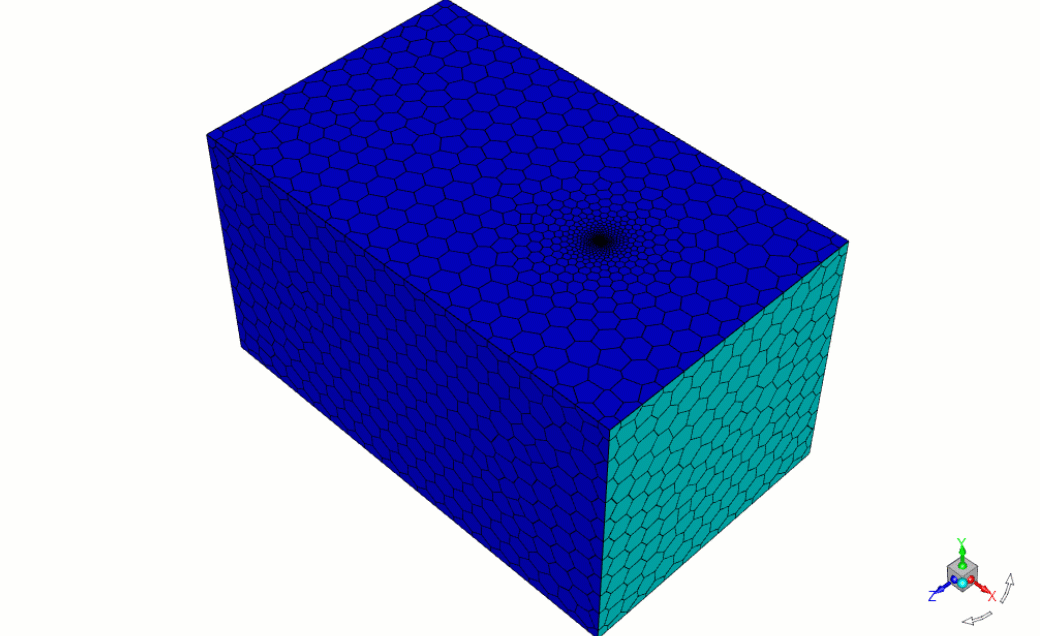Pitot Tube - Simulation Example
Overview
Airplanes rely on several different systems to determine their position, speed, altitude and orientation. These systems can be extremely complex, such as GPS, or quite simple, such as a Pitot tube. The Pitot tube is an essential sensor for determining an airplane’s speed. Once the airplane is in the air, one cannot rely on the rotation of its wheels to estimate its speed, or on the engine’s rotation. So how can the airplane’s speed be measured? A couple of pressure measurements and a temperature measurement are all that is needed. Once the total and static pressures and temperature of the external air are known, the true speed of the aircraft can be determined for a given altitude.
The simplest Pitot tube is a hollow tube in which the air can stagnate. This is done in order to measure the total pressure of the air. In addition to this, a static port is needed to measure the static pressure of the free-stream air. Once these measurements are known, the air density can be obtained from the air temperature and the velocity can be calculated using Bernoulli’s equation, if the flight is at a low subsonic speed. For higher speeds, the calculation is more involved and must take into account compressibility effects, but we will limit our discussion here only to a simple incompressible case.
More advanced forms of the Pitot tube (often referred to as Pitot static tubes) have a total pressure port and multiple static pressure ports on the same tube. Pitot tubes are used not only on airplanes, but also on Formula One cars and weather instruments to measure velocity.


Objectives
The objective of this simulation is to analyze how a Pitot static tube is used on a small private airplane to determine the aircraft’s velocity.
Setup
Download the Mesh file required for setting up the simulation and associated Case & Data files here. Follow the instructions below to set up this simulation in Ansys Fluent starting with the Mesh file. In case you face any issues setting up or running the simulation, refer to corresponding initial and final Case and Data files.
Results and Discussion
Let’s now analyze the simulation and understand the physics of a Pitot tube.
